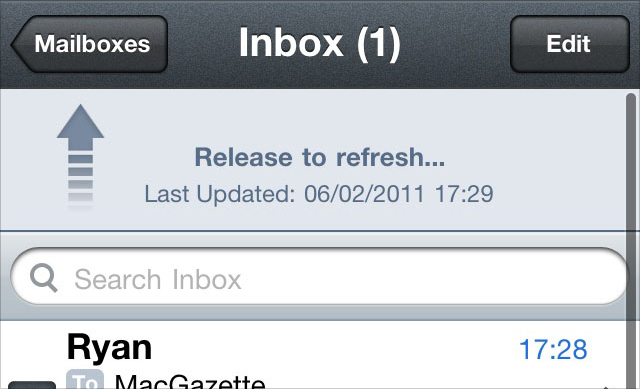Placebo buttons in everyday life and in web design
A quick search on the Internet suggested that the buttons should control traffic lights, but still do not perform their functions for one reason or another. In the comments on one of the forums, a link to a BBC article was cited.which described similar experiences in other countries. It followed from the article that either these buttons should work at night, or they are a trick called a “placebo button”.
The idea of placebo buttons is to use a person’s desire to constantly monitor all aspects of his life. In the context of a traffic light, this is as follows:
- Approaching a traffic light on which a red signal is lit, a person is subconsciously not sure that the green light will ever come on. In connection with this uncertainty, the waiting time seems to him infinitely long and probably meaningless, which motivates him to neglect the rules of the road and switch to a red light;
- If a certain control element is located at the traffic light, then after its activation, the pedestrian acquires internal confidence that someone knows about his expectation of a green signal and will definitely turn it on. At the same time, it does not matter at all that, in fact, there is no relationship between pressing a button and the work of a traffic light.
As it turned out , it all comes to the point that
In many offices and small rooms, the thermostat is not connected at all to anything. Tenants, engineers and climate control specialists install dummy thermostats to keep people from spending company money on constantly adjusting the temperature. According to a 2003 Wall Street Journal article, climate managers suspect that around 90% of thermostats in offices are fakes.
It turned out that the Placebo effect is also used beautifully in web design.
The meaning of the article is that some sites use controls and design that create the appearance that the user controls the result. The true task of such elements is to create a positive user experience and increase user loyalty to a particular site.
Here are some examples from the article:
Refresh Button
Most modern sites update the information provided without additional effort on the part of the user. A vivid example is VKontakte, Facebook, Twitter, in which notifications of events come as they arrive. Nevertheless, most of those who found the need to refresh the page still continue to press F5 when they think that the waiting time for the desired notification has been somewhat delayed. The transfer of this idea, but already in the form of a 100% placebo, is observed in the field of mobile applications. Developers specifically add functionality that “makes it possible” to update the application, or design elements that inform that the process of updating information is “in progress”.

Why is this done? Your application provides all the new information as it is received, but how can it be conveyed to a user who can understand absolutely nothing in the capabilities of modern applications and begins to worry that the Internet has disappeared, the application is not working, the phone is “stupid”, and so on. A placebo update removes all these fears, telling the user that we checked everything, but really no new information was received, no events happened.
Personalization
Use of this technique has been seen by Netflix and Quora. Once registered, Quora offers a choice of themes to personalize your subscription. The mechanism really works, not only will you receive information about articles that are related to your chosen topic, but also a list of subscription topics will be automatically sorted depending on the topic you have previously selected. But a little later, Quora uses a trick that, to some extent, even contradicts some basic UX standards. After selecting all topics and pressing the confirmation button, you can contemplate for a few moments the information that your personal profile is being set up with a loading scale.
Let's be honest: the implementation of this algorithm should not take even a second of time. But at the same time, it seems that many powerful algorithms work for you and only for you. The user enthusiastically looks at the download indicator, which he hates in most cases and is imbued with the power of modern technologies, which are working hard for his benefit.
Conclusion:
- The proper use of the Placebo effect allows you to artificially create a positive user experience without changing the functionality of your site (application);
- You need to make sure that your user is under the control of an interface that prevents the occurrence of negative experiences based on fears and misunderstanding of the situation.
This article is based on:
blog.usabilla.com
www.bbc.com
youarenotsosmart.ru
Useful Paysto solutions for Habr readers:
→ Get paid by credit card right now. Without a site, IP and LLC.
→ Accept payment from companies online. Without a site, IP and LLC.
→ Accepting payments from companies for your site. With document management and exchange of originals.
→ Automation of sales and servicing transactions with legal entities. Without an intermediary in the calculations.
→ Accept payment from companies online. Without a site, IP and LLC.
→ Accepting payments from companies for your site. With document management and exchange of originals.
→ Automation of sales and servicing transactions with legal entities. Without an intermediary in the calculations.
